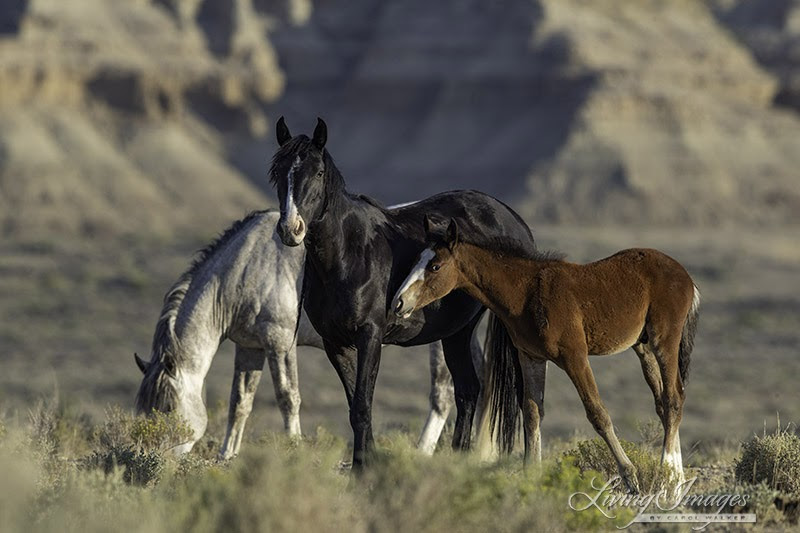By Meredith Hodges
 When people think of Behavior Modification, most people think of the basest idea of rewarding good behaviors with treats which is commonly called positive reinforcement. A common misconception is that if positive behaviors are rewarded, then negative behaviors should not occur, but in reality, they do. Negative behaviors need to be negatively reinforced, or discouraged, but the negative reinforcement should be punitive, but not abusive. Learning how to employ Behavior Modification can be easy and fun.
When people think of Behavior Modification, most people think of the basest idea of rewarding good behaviors with treats which is commonly called positive reinforcement. A common misconception is that if positive behaviors are rewarded, then negative behaviors should not occur, but in reality, they do. Negative behaviors need to be negatively reinforced, or discouraged, but the negative reinforcement should be punitive, but not abusive. Learning how to employ Behavior Modification can be easy and fun.
Scientifically speaking, Behavior Modification is a direct and literal translation of stimulus and response. Given a certain stimulus, a living being will respond in a predictable manner. This is the essence of communication. Communication is comprised of a lot of elements that all play an important part in the receiver’s ability to understand. When trying to communicate, one needs to realize many different perceptions can arise from the receiver’s ability to comprehend. They might perceive from a purely technical level, a scientific level, an emotional level, a physical level, or any combination of a multitude of perceptions depending upon their life experience. It is the same for all living creatures. Finding the right stimulus for each individual and implementing it properly is the key to good communication and a satisfying response.
 When using Behavior Modification, one needs to take into account all the things that can make that individual comfortable and happy. In the case of equines, we need to take into account the feeding and nutritional programs we use. Certain feeds can actually cause problems like nervousness, anxiety and hypertension that can result in an inability to be calm and receptive to incoming information. From this evolves negative behaviors that block the learning process.
When using Behavior Modification, one needs to take into account all the things that can make that individual comfortable and happy. In the case of equines, we need to take into account the feeding and nutritional programs we use. Certain feeds can actually cause problems like nervousness, anxiety and hypertension that can result in an inability to be calm and receptive to incoming information. From this evolves negative behaviors that block the learning process.
In addition to feeds and nutrition, we need to take into account the anatomical ramifications of the way we are physically conditioning the animal. The healthiest way to condition an animal is slowly, and in an order that builds muscles layer by layer, beginning with the core muscles and elements that support the skeleton. When you take the time and effort to approach training in a logical and sequential way, it promotes healthy organ function and a happy mental attitude. When doing this, one should allow the equine to perform freely and without constraint. When they feel good physically, they are more than halfway to a good mental attitude. A program of physical exercise that is taxing and stressful may produce the appearance of the right results, but there may be deeper problems that can surface at a later date.
 It is easy for natural athletes, but as I said before, we are dealing with individuals and each one is unique. Not all individuals are physically able to carry their bodies in good equine posture, and perform athletic movements correctly without some guidance. When they do not carry their bodies in good equine posture, certain muscle groups are not conditioned symmetrically throughout the body. This will cause compensation from other muscle groups that will eventually become over-used, stressed and they will give way to soreness, lameness, or worse. The uncomfortable individual will begin to exhibit negative behaviors as a result.
It is easy for natural athletes, but as I said before, we are dealing with individuals and each one is unique. Not all individuals are physically able to carry their bodies in good equine posture, and perform athletic movements correctly without some guidance. When they do not carry their bodies in good equine posture, certain muscle groups are not conditioned symmetrically throughout the body. This will cause compensation from other muscle groups that will eventually become over-used, stressed and they will give way to soreness, lameness, or worse. The uncomfortable individual will begin to exhibit negative behaviors as a result.
Herein lays the value of using certain kinds of restraints, such as the “Elbow Pull” that we begin using in DVD #2 of my Training Mules & Donkeys series. This particular restraint is used to keep the equine in good posture while exercising, so that all the muscle groups are worked symmetrically throughout the body. Of course, it is the trainer’s responsibility to make sure that they are worked evenly on both sides of the body. The restraint only addresses the posture and not the directional movement of the muscles. The “Elbow Pull” is not in the hands of the trainer, but rather it is a self-correcting device for the equine to control. It only prevents him from raising his head so high that he inverts his neck and back. If allowed to continually raise his head this high, over time he would develop a U-neck and/or Lordosis (Swayback). Since good posture is something that must be taught, it prevents this bad posture, but allows the equine completely free movement in every other direction. Good posture is difficult to hold when you are not used to it and this aid gives him support at the poll to encourage him to round his back and neck, and relax the poll. He can lean on the “Elbow Pull” at the poll when he has difficulty holding his own good posture and the device will be snug at the poll, the bit rings, behind the forearms and over the back. When he holds his own good posture, it is completely loose. The equine is the one who controls his own good posture. An equine that does not have natural acceptable posture will soon give to the aid because he will feel more comfortable than he has ever been in his incorrect posture. Those who have naturally acceptable posture will succumb to the device faster. No equine is really in their ideal posture to start. Restraints play an important role in the hands of competent trainers, but they should only be used to suggest certain behaviors, and then they should be phased out over time. They should not be used to force the equine to do anything.
is something that must be taught, it prevents this bad posture, but allows the equine completely free movement in every other direction. Good posture is difficult to hold when you are not used to it and this aid gives him support at the poll to encourage him to round his back and neck, and relax the poll. He can lean on the “Elbow Pull” at the poll when he has difficulty holding his own good posture and the device will be snug at the poll, the bit rings, behind the forearms and over the back. When he holds his own good posture, it is completely loose. The equine is the one who controls his own good posture. An equine that does not have natural acceptable posture will soon give to the aid because he will feel more comfortable than he has ever been in his incorrect posture. Those who have naturally acceptable posture will succumb to the device faster. No equine is really in their ideal posture to start. Restraints play an important role in the hands of competent trainers, but they should only be used to suggest certain behaviors, and then they should be phased out over time. They should not be used to force the equine to do anything.
There are certain individuals who are not all coordinated and have difficulty attaining balance in good equine posture. For this reason, it is important to start slow and gradually ask for more speed, and more difficult movements, only as they are easily performed. First, the equine’s balance needs to be attained at the slower gaits with very simple movements in order for the coordination to become repetitive, habitual and comfortable. This not only pertains to the equine being trained, but to the trainer as well.
Verbal communication is not exclusively for the equine to learn commands. It has a two-fold purpose. For the equine, it is a way for the animal to understand what the trainer is asking when the body language is unclear. For the trainer, it is a reminder to  synchronize his own body language with what he is asking from the equine so his signals are clear. This is especially important for novice animals and trainers.
synchronize his own body language with what he is asking from the equine so his signals are clear. This is especially important for novice animals and trainers.
In Behavior Modification, we use the animal’s natural instincts, tendencies and movement to assimilate the things we wish them to do so they can be rewarded. The reward needs to be something for which the equine will continually work for over long periods of time. It needs to be something that will never bore him and something that does not cause adverse or negative behaviors. In the case of equines, this is crimped oats! Equines that are over-indulged, or bribed, will not respond appropriately and may become pushy.
Horses have a very strong flight reflex and donkeys are prone to the freeze reflex. Mules can have a combination of both. All three have a strong sense of self-preservation that triggers their behaviors. If you want to have an equine that enjoys his work, it is important to bolster his confidence and trust in your. This requires setting up the training environment in a safe and non-threatening manner. For instance, if you begin training a foal, or have a new equine, it would be practical to approach the animal at a time when the flight reflex is at its lowest…feeding time!
Of course, this is only practical when it comes to imprinting, haltering and simple tasks like brushing and picking up the feet. This also sets the stage for reward system training. When he has finished his oats mix, he will be happy to know there is an easy way to get more. He will appreciate, perform and bond with the person who gives the reward.
Chasing the equine is never an option. He will only learn that he can sucker you into a game of chase…and you will lose! When this reward system of training is applied correctly, you should NEVER need to chase him. He will always look forward to being with you.
 During this time, your equine’s ground manners will begin to develop. If you are consistent with what and how you ask, when the rewards are prompt and appropriately given, you should experience minimal adverse behaviors.
During this time, your equine’s ground manners will begin to develop. If you are consistent with what and how you ask, when the rewards are prompt and appropriately given, you should experience minimal adverse behaviors.
As he gains confidence, it’s the equine’s natural instinct to become playful. In this controlled environment, you are able to set limits to these negative behaviors in the form of non-abusive punishment. The most common expression of playfulness is to turn, buck and kick at the trainer. If a foal does this, you would simply give him a smart slap to the rump, step back and firmly say, “No!” He might be startled, but he would turn and look at you, displaying curiosity. When he does, you would say, “Good Boy (or Good Girl) and then offer an oats reward, and give it to him when he approaches again. We want to encourage this curiosity, but stop the bad behavior.
If an adult equine turns his haunches to you and threatens to kick, you would firmly and loudly say, “NO!” Use a whip as an extension of your arm and strike him smartly on the fetlocks, only once for each kick. Pause afterwards to give him a chance to turn his head to you. Then you can offer the reward the same way you would with the foal.
 The strike on the fetlocks will not hurt him. It will only startle him and get his attention. Your voice will also startle him when you say, “NO!” and will cause him to turn his head to you and THAT can be rewarded. Biting is handled the same way with a firm slap of your palm on the side of his mouth, a loud “NO!” and then put up your hand like a stop sign in front of his face. He will raise and turn his head to flee at which time you simply step forward and offer the oats reward with an open hand for giving you your space. The next time he becomes aggressive (and he will!), you will only need to raise your hand like a stop sign and he should step back to receive his reward. The first-time slap applied smartly was simply to clarify the boundary to his behavior. So, if you do not want to slap him again, you have to make a firm impression on him the first time! It is well worth the few minutes of training that it takes in the beginning to ensure that your animal does not become dangerous later. This may literally make the difference between life and death.
The strike on the fetlocks will not hurt him. It will only startle him and get his attention. Your voice will also startle him when you say, “NO!” and will cause him to turn his head to you and THAT can be rewarded. Biting is handled the same way with a firm slap of your palm on the side of his mouth, a loud “NO!” and then put up your hand like a stop sign in front of his face. He will raise and turn his head to flee at which time you simply step forward and offer the oats reward with an open hand for giving you your space. The next time he becomes aggressive (and he will!), you will only need to raise your hand like a stop sign and he should step back to receive his reward. The first-time slap applied smartly was simply to clarify the boundary to his behavior. So, if you do not want to slap him again, you have to make a firm impression on him the first time! It is well worth the few minutes of training that it takes in the beginning to ensure that your animal does not become dangerous later. This may literally make the difference between life and death.
 The result of this early limiting of the negative behaviors (of biting and kicking), will pave the way for you to set boundaries to any other questionable behaviors that might arise in the future. All it should take is the raising of your hand and a firm “NO!” It teaches the equine to think before he acts. It might mean the difference between a real bite, or nip, and a soft nudge, or a kick, and a soft shove with a hind foot when he experiences discomfort. Early negotiation of obstacles on the lead rope will also help to engage his curiosity, help to solidify his responses for rewards, passively build and condition the muscles closet to the bone, and will encourage trust in his trainer. Now we can safely proceed to a more open area to play and learn with our equine.
The result of this early limiting of the negative behaviors (of biting and kicking), will pave the way for you to set boundaries to any other questionable behaviors that might arise in the future. All it should take is the raising of your hand and a firm “NO!” It teaches the equine to think before he acts. It might mean the difference between a real bite, or nip, and a soft nudge, or a kick, and a soft shove with a hind foot when he experiences discomfort. Early negotiation of obstacles on the lead rope will also help to engage his curiosity, help to solidify his responses for rewards, passively build and condition the muscles closet to the bone, and will encourage trust in his trainer. Now we can safely proceed to a more open area to play and learn with our equine.
In the Round Pen, we will begin to use the flight reflex a platform for reward. The equine is already comfortable with you and knows you mean him no harm. In the Round Pen, he may be averse to circling, and may want to just stand still.
If he does, raise the whip and strike the ground behind him, or even his rump. If he still won’t move, back up, lower your body and shuffle your feet on the ground as you approach his rear again…he should take off. If he is the type to take off on his own, just stand in the middle and wait until he slows down and stops. When he does, say, “Whoa” and offer the reward.
 The same goes for the equine that had problems getting started. Send him back to the rail again and build the number of expected rotations slowly and over time. Be consistent with your rewards for the “Whoa.” Learning the consistent, “Whoa” will give you a safe zone from which to work and play. This will translate to trust and confidence, and will temper the flight reflex to a controllable level. It can make the difference between the freeze and flight reflex if the equine is spooked under saddle.
The same goes for the equine that had problems getting started. Send him back to the rail again and build the number of expected rotations slowly and over time. Be consistent with your rewards for the “Whoa.” Learning the consistent, “Whoa” will give you a safe zone from which to work and play. This will translate to trust and confidence, and will temper the flight reflex to a controllable level. It can make the difference between the freeze and flight reflex if the equine is spooked under saddle.
The equine that is brought along with this kind of training will pause and give his attention to the rider before reacting. Any bucking and kicking while circling in the Round Pen should be ignored, and the reward should be postponed until he regains composure and has done what is expected. Bucking and kicking should be allowed during lunging because many times it is merely a moment of confusion, or the need for a physical adjustment (in the spine?), on the part of the equine at this stage of training and not really an aggressive move against the trainer. It is rarely an exhibition of meanness unless provoked by the trainer. Once the equine gets this sorted out, he will always want to be with you, and use his good manners, because it is the best place to be!
Whether they realize it or not, most trainers already use some form of Behavior Modification in their training program. There is so much to learn about communication to truly achieve balance and harmony, that one trainer could not possibly know it all. For this reason, it is important to appreciate the work of others who are giving of their knowledge to share, and assess for yourself the techniques that they offer that might fit  into your program. As they say, “You can always learn something from everyone!” It is our job to sort through what only works for the short term, and what really works for long term success. Don’t be afraid to make mistakes. It’s just one more way to learn. The more we think we know, the more we learn that there is so much more to learn!
into your program. As they say, “You can always learn something from everyone!” It is our job to sort through what only works for the short term, and what really works for long term success. Don’t be afraid to make mistakes. It’s just one more way to learn. The more we think we know, the more we learn that there is so much more to learn!
Behavior Modification is an ongoing, careful balance of communication between living creatures. It works when both parties opt to listen and learn from each other. At each stage, there are tasks to perform that need to be balanced and refined by both the trainer and the trainee. Behavior Modification is not controlling. Rather, it’s a guidance system by which positive behaviors are rewarded and thus, more likely to be repeated and become habitual. The parties involved are both rewarded each time they are together. They learn more about each other in an enjoyable and appreciative manner.
Over time, with practice and this kind of understanding, comes harmony and mutually satisfying performance. In the beginning, it may seem overly simple, but as you practice and learn more, your proficiency will increase gradually over time, and the results you will witness are truly amazing! This is why Behavior Modification, when applied correctly is the method of choice in the training and treatment of zoo animals and aquatic mammals.
To learn more about Meredith Hodges and her comprehensive all-breed equine training program, visit LuckyThreeRanch.com or call 1-800-816-7566. Check out her children’s website at JasperTheMule.com. Also, find Meredith on Facebook, YouTube, Pinterest, Instagram, MeWe and Twitter.
Covered in TRAINING MULES & DONKEY: A LOGICAL APPROACH TO TRAINING, TRAINING WITHOUT RESISTANCE and EQUUS REVISITED at www.luckythreeranchstore.com
© 2005, 2016, 2024 Lucky Three Ranch, Inc. All Rights Reserved.



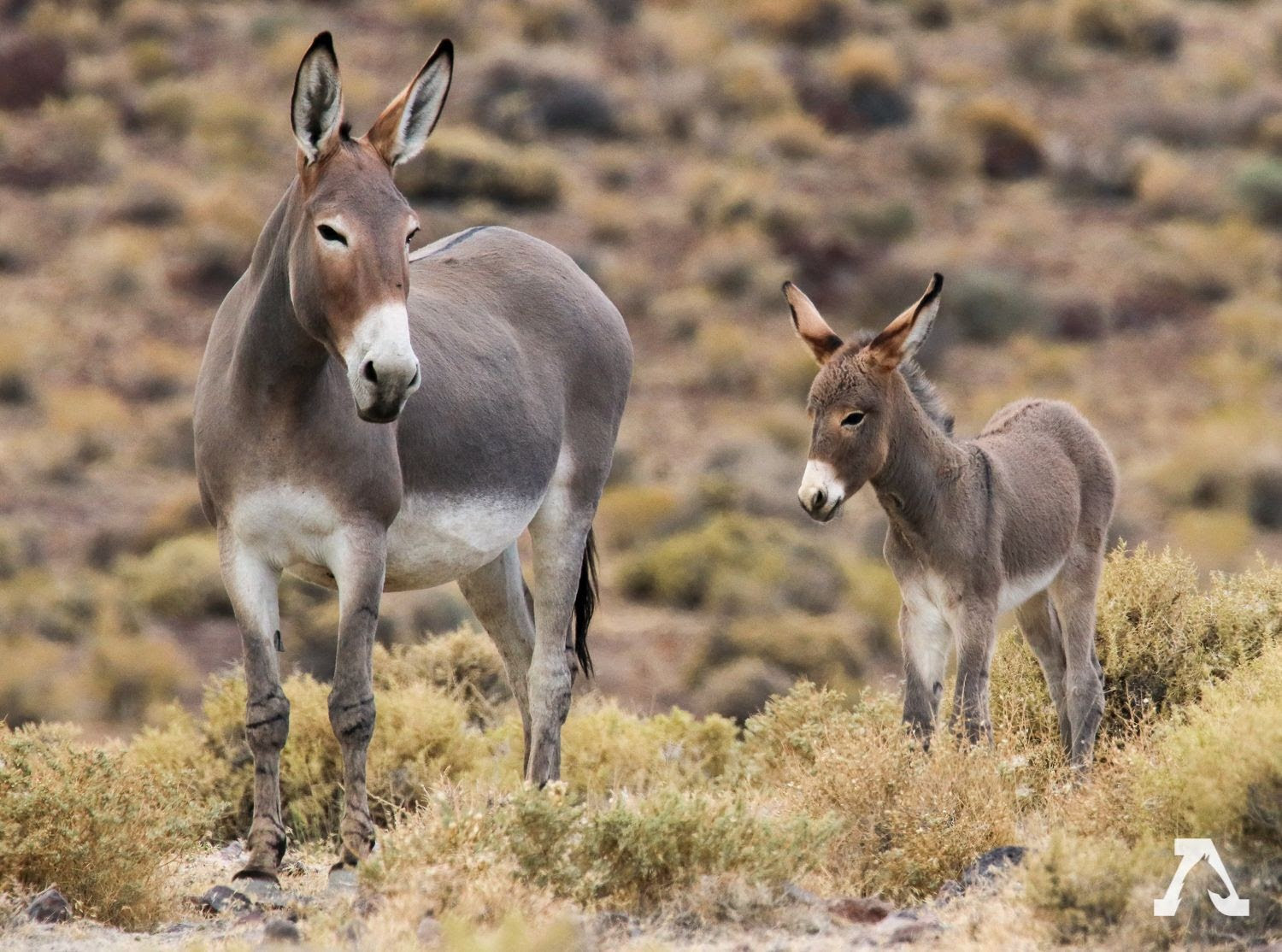


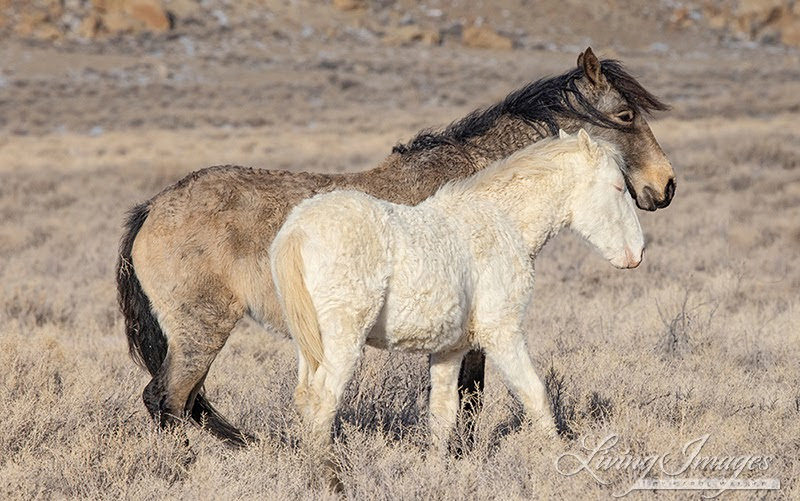


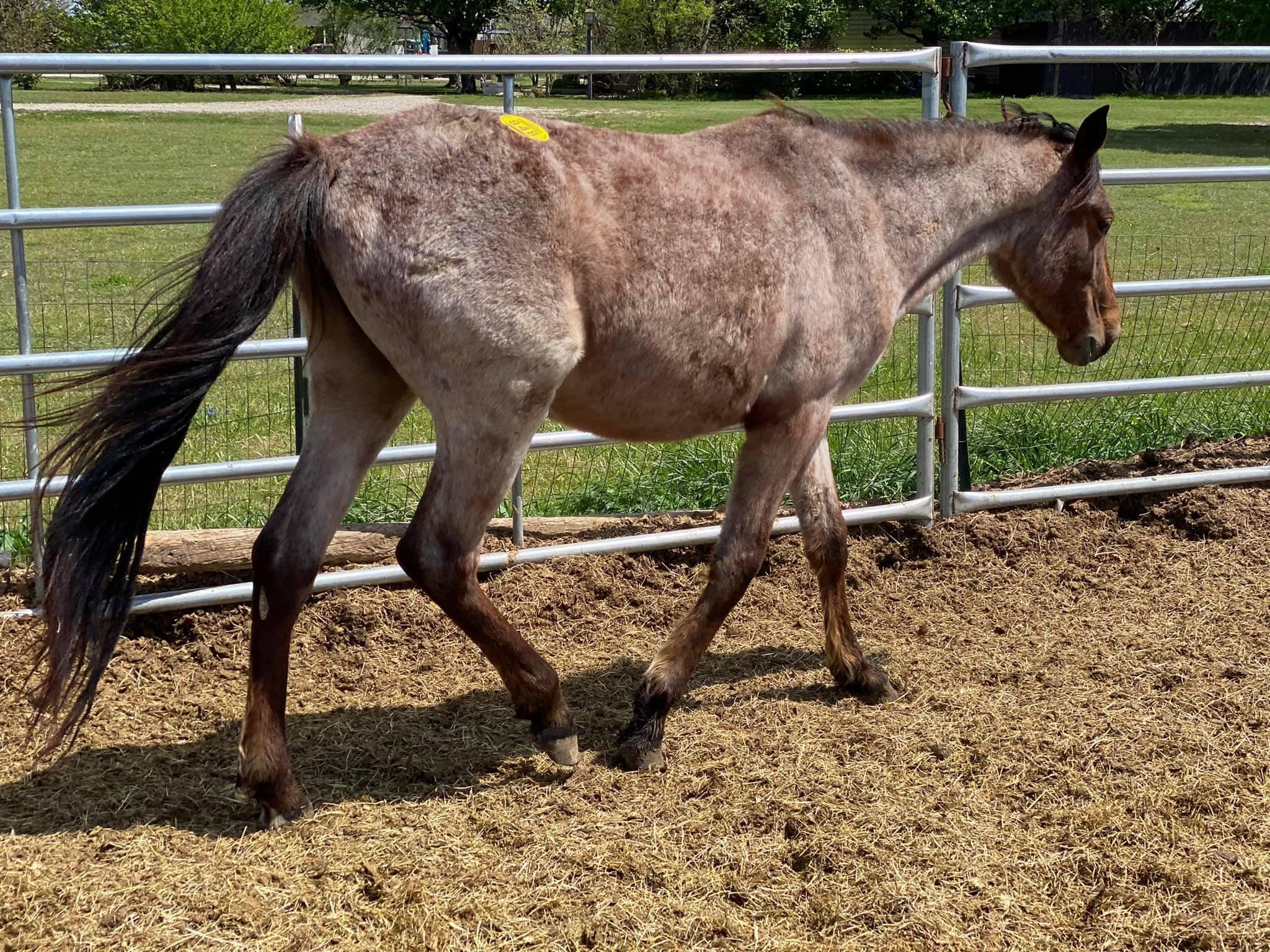











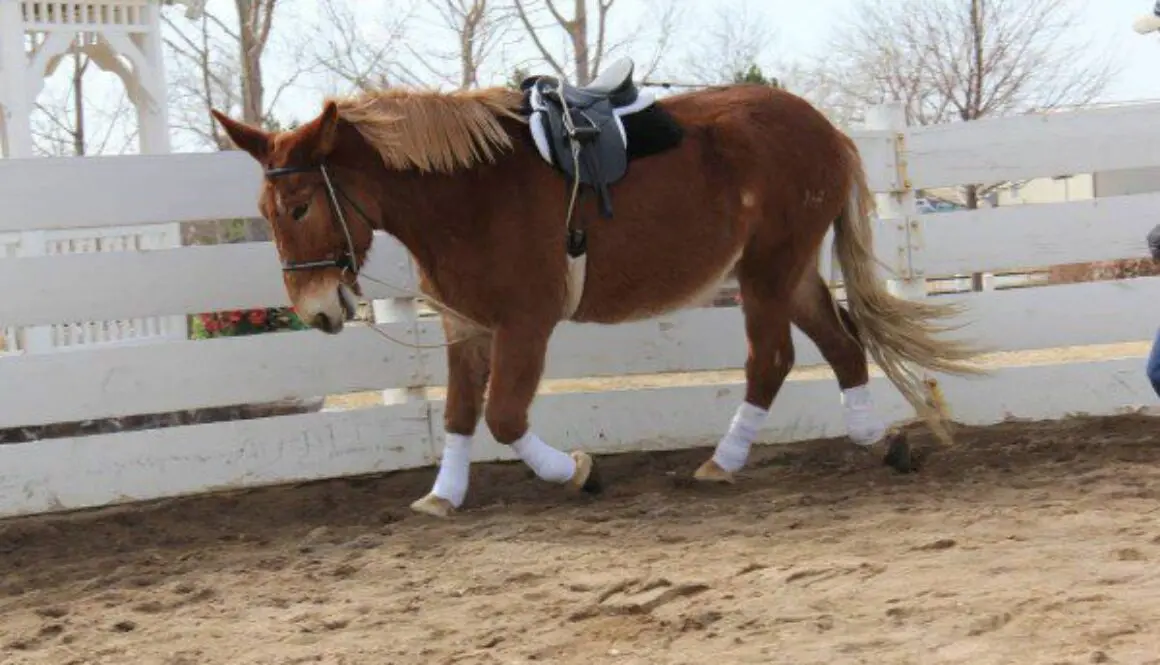


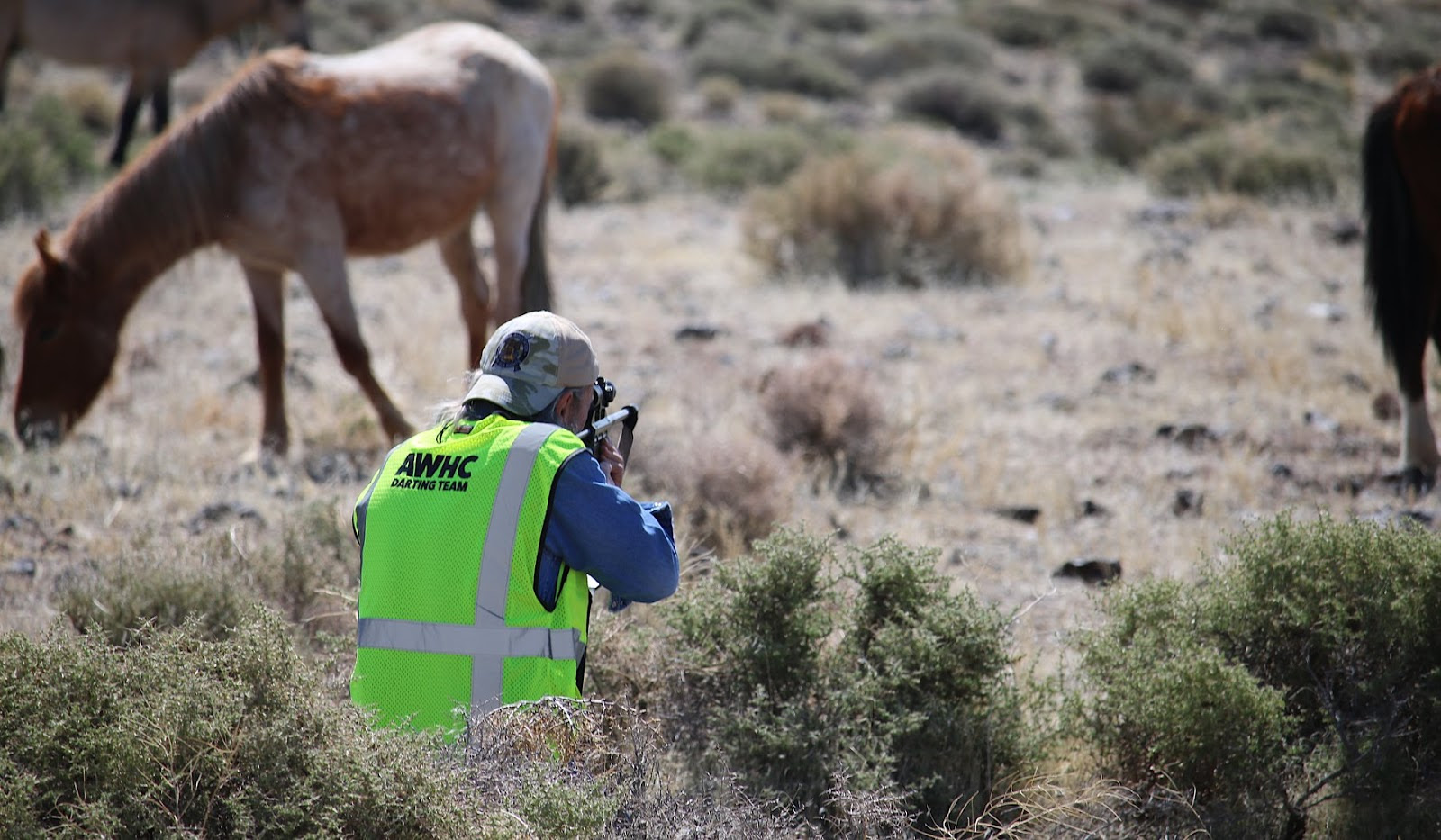
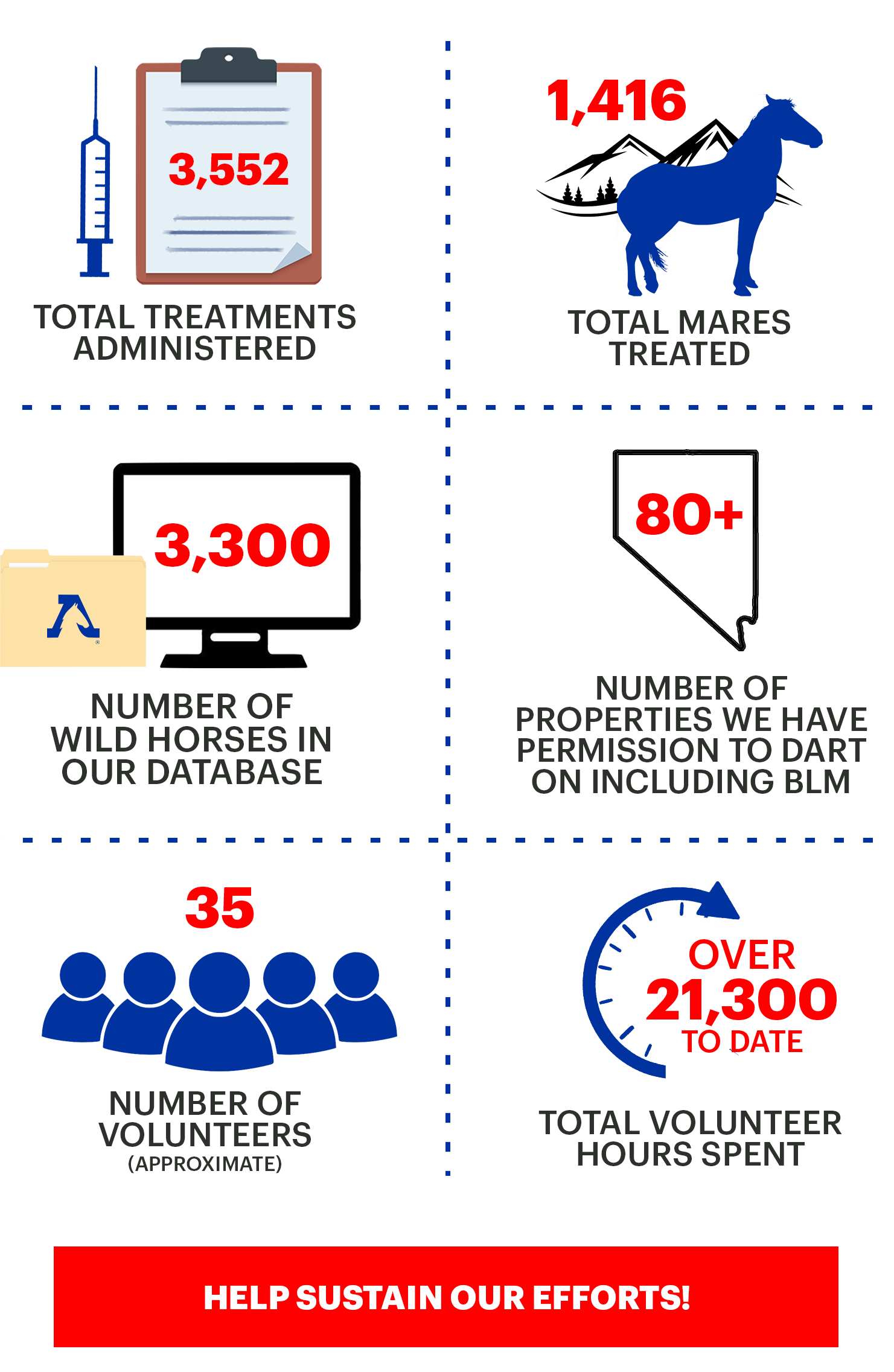

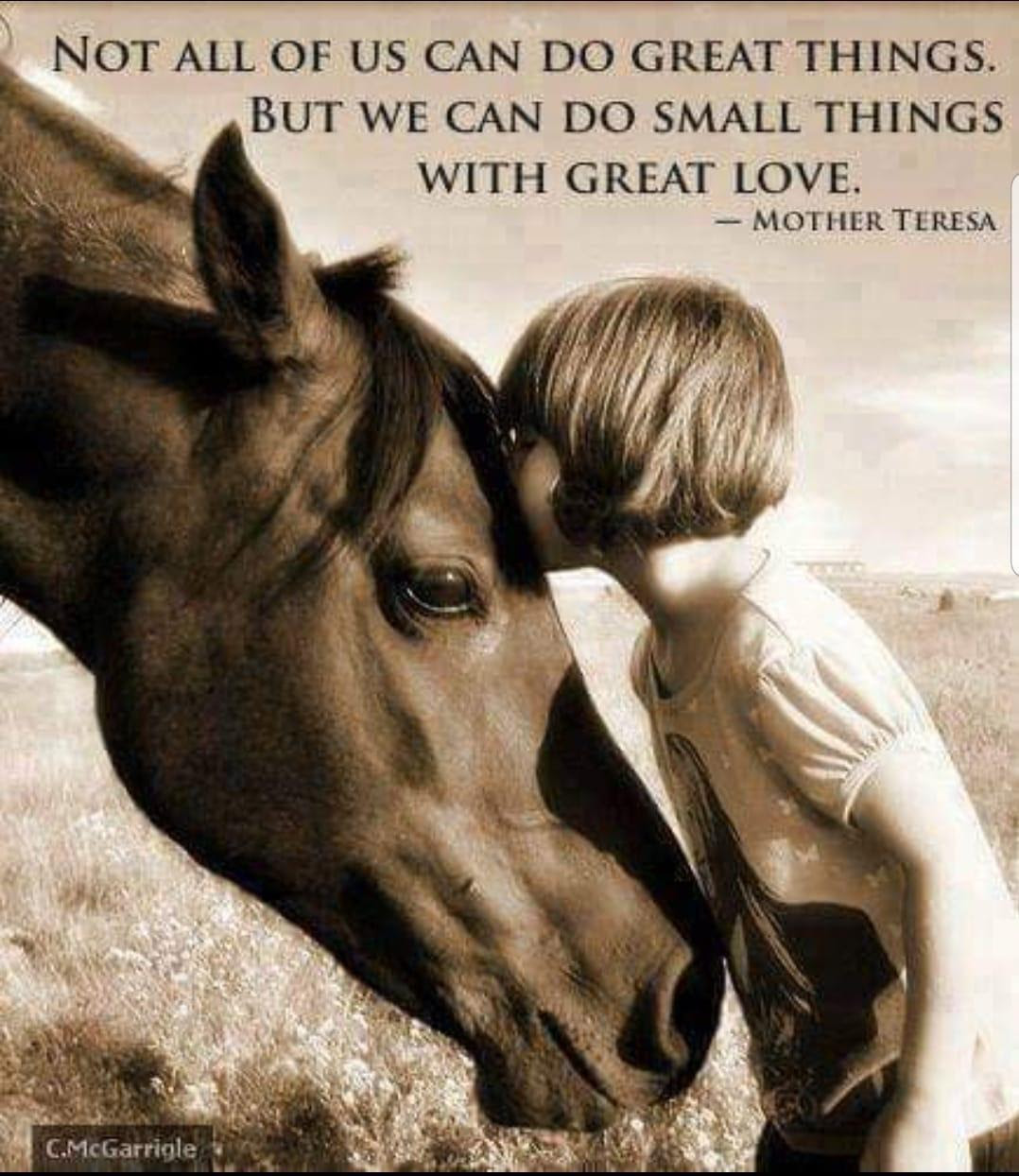
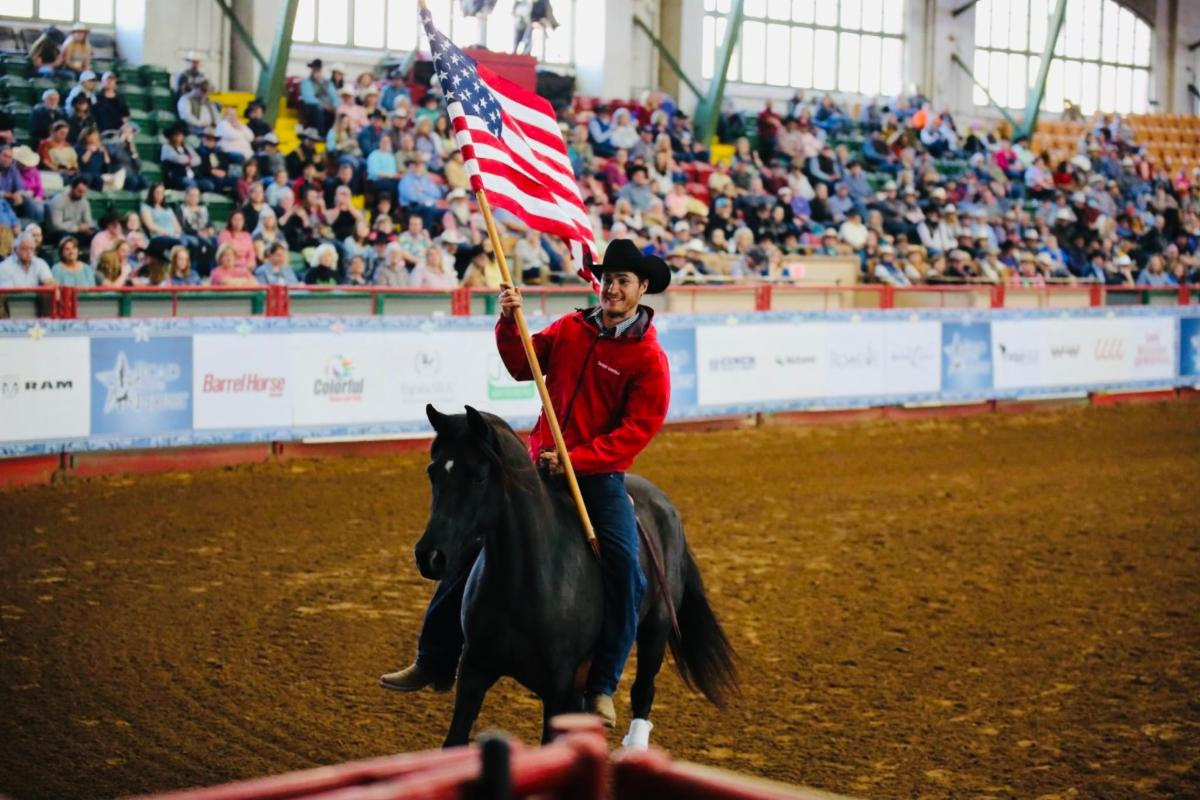
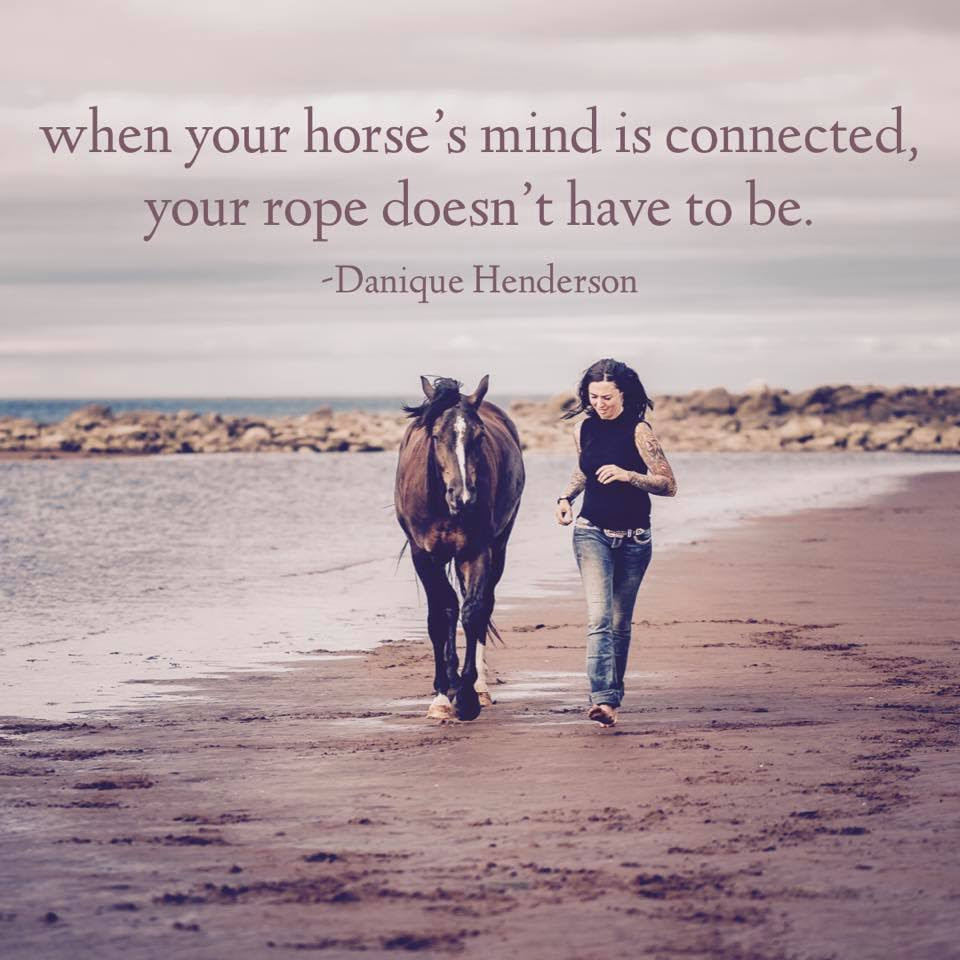

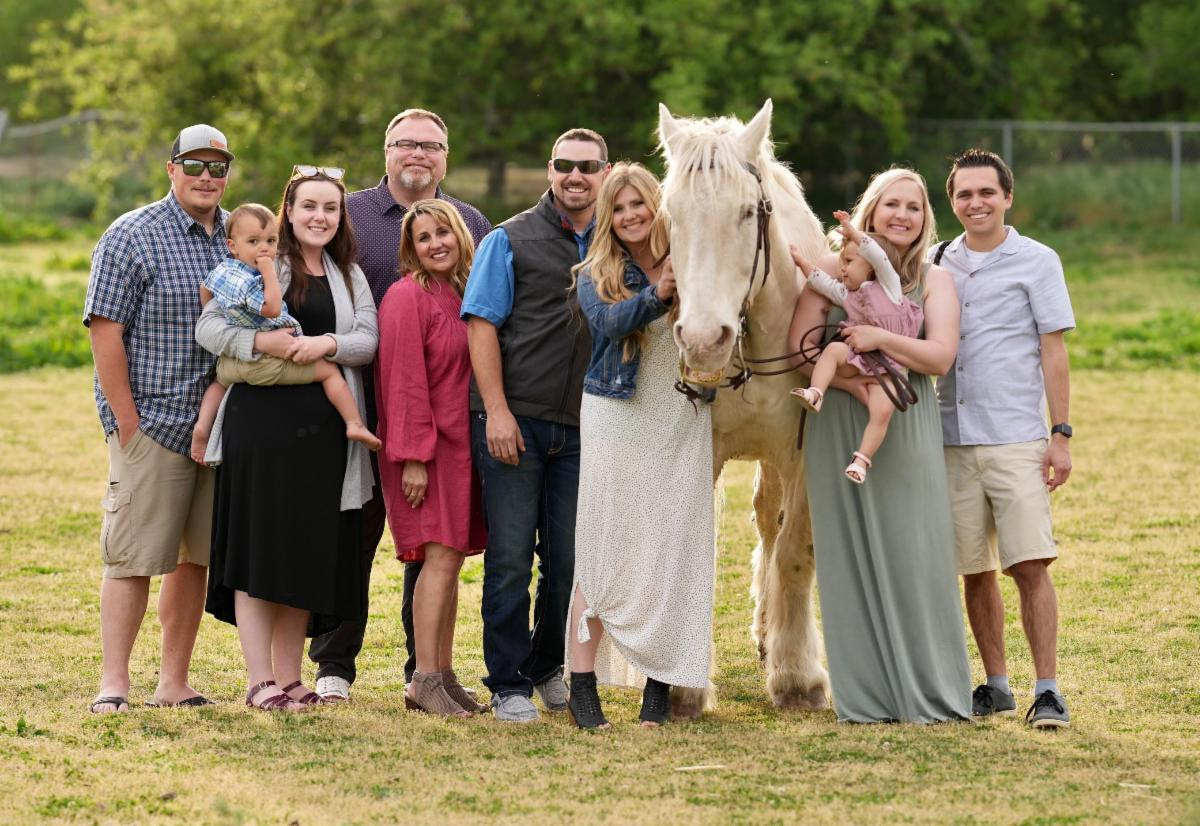 mass on his lower right eyelid. He also had a mass removed from on his hind pastern. He seemed to be doing well post-op; unfortunately, complications arose only a few days after surgery. His eye orbit developed a hematoma and subsequently excessive drainage. He returned to the hospital for nine days. Once back at AAE, thanks to the outpouring of support he received from all of you, he adapted very well to his new life with “univision”. His leg healed very nicely, too.
mass on his lower right eyelid. He also had a mass removed from on his hind pastern. He seemed to be doing well post-op; unfortunately, complications arose only a few days after surgery. His eye orbit developed a hematoma and subsequently excessive drainage. He returned to the hospital for nine days. Once back at AAE, thanks to the outpouring of support he received from all of you, he adapted very well to his new life with “univision”. His leg healed very nicely, too.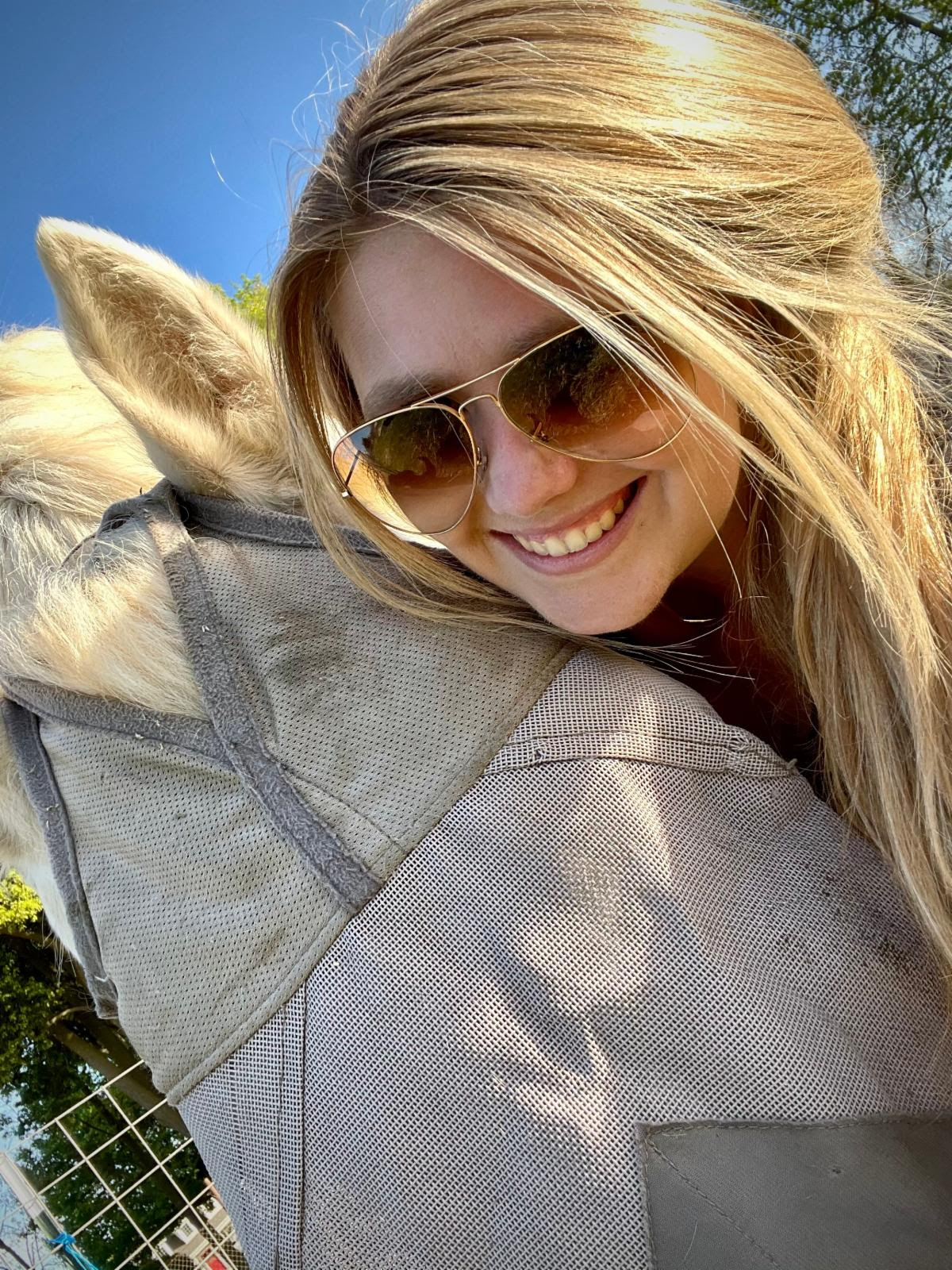
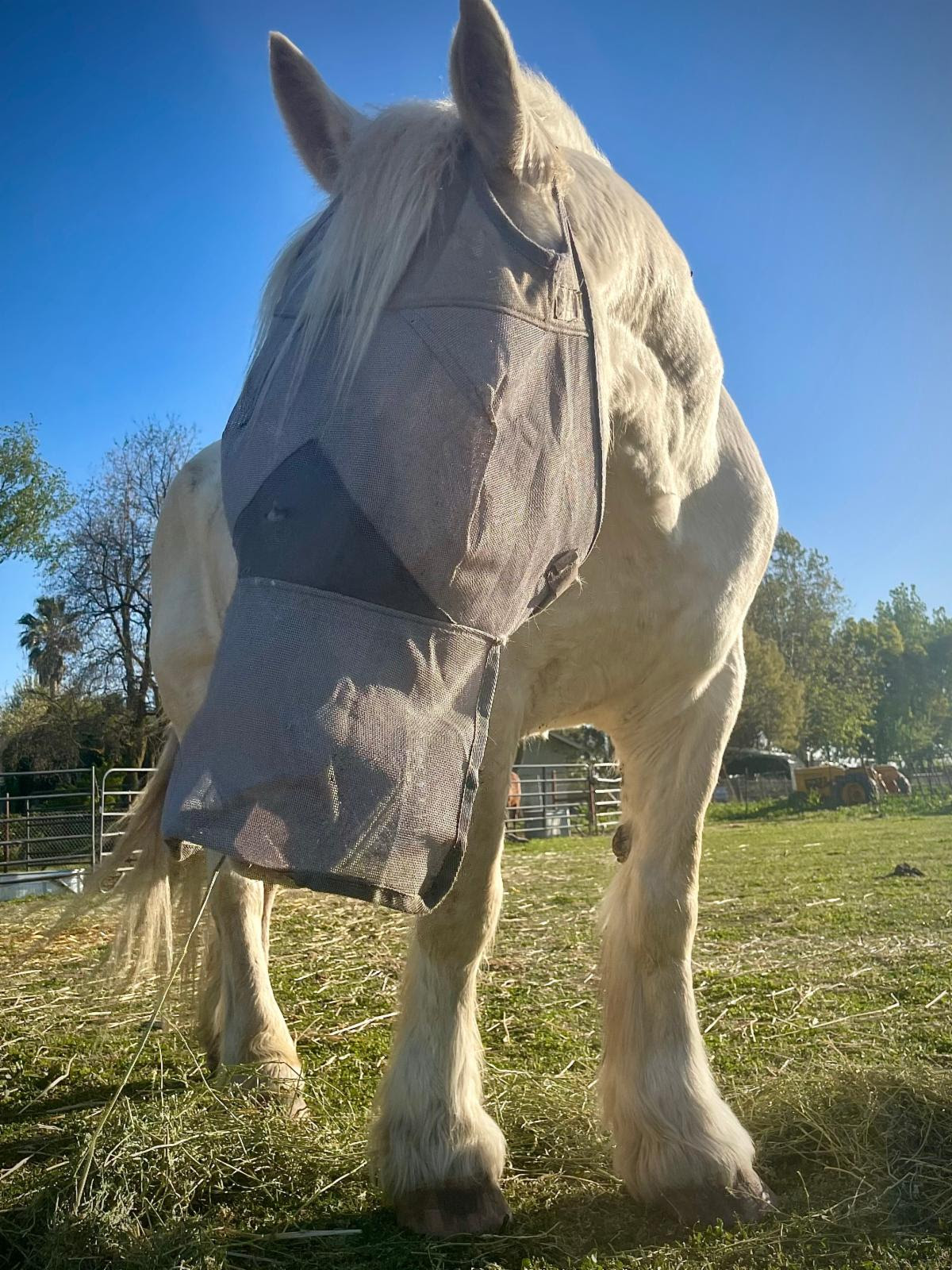
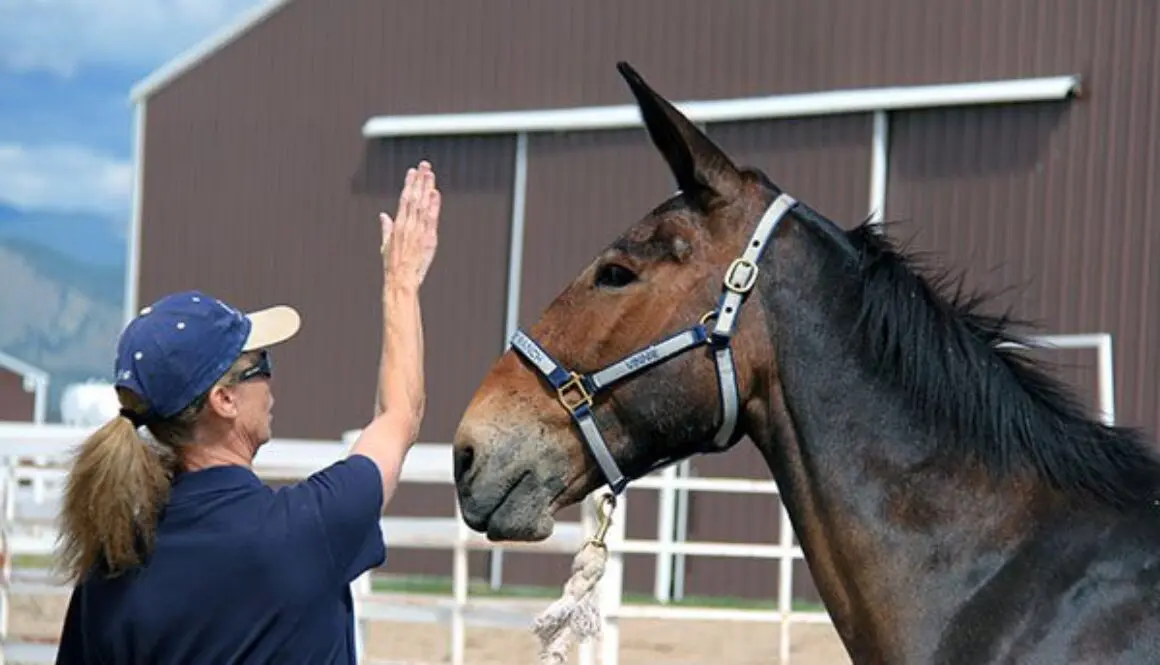
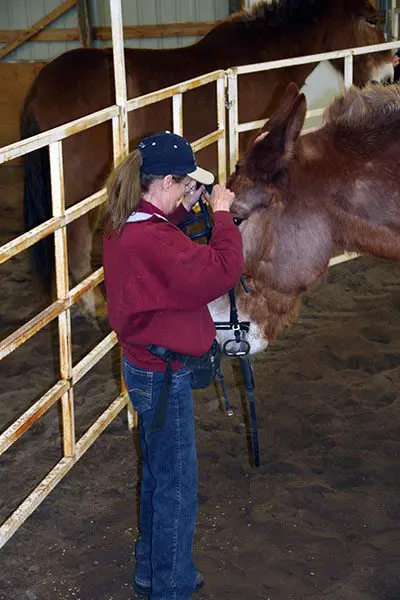 When people think of Behavior Modification, most people think of the basest idea of rewarding good behaviors with treats which is commonly called positive reinforcement. A common misconception is that if positive behaviors are rewarded, then negative behaviors should not occur, but in reality, they do. Negative behaviors need to be negatively reinforced, or discouraged, but the negative reinforcement should be punitive, but not abusive. Learning how to employ Behavior Modification can be easy and fun.
When people think of Behavior Modification, most people think of the basest idea of rewarding good behaviors with treats which is commonly called positive reinforcement. A common misconception is that if positive behaviors are rewarded, then negative behaviors should not occur, but in reality, they do. Negative behaviors need to be negatively reinforced, or discouraged, but the negative reinforcement should be punitive, but not abusive. Learning how to employ Behavior Modification can be easy and fun.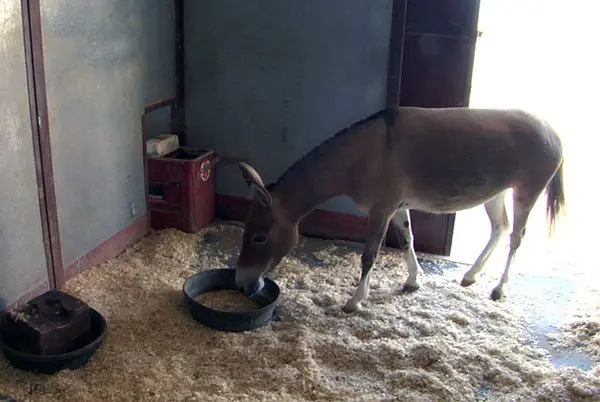 When using Behavior Modification, one needs to take into account all the things that can make that individual comfortable and happy. In the case of equines, we need to take into account the feeding and nutritional programs we use. Certain feeds can actually cause problems like nervousness, anxiety and hypertension that can result in an inability to be calm and receptive to incoming information. From this evolves negative behaviors that block the learning process.
When using Behavior Modification, one needs to take into account all the things that can make that individual comfortable and happy. In the case of equines, we need to take into account the feeding and nutritional programs we use. Certain feeds can actually cause problems like nervousness, anxiety and hypertension that can result in an inability to be calm and receptive to incoming information. From this evolves negative behaviors that block the learning process.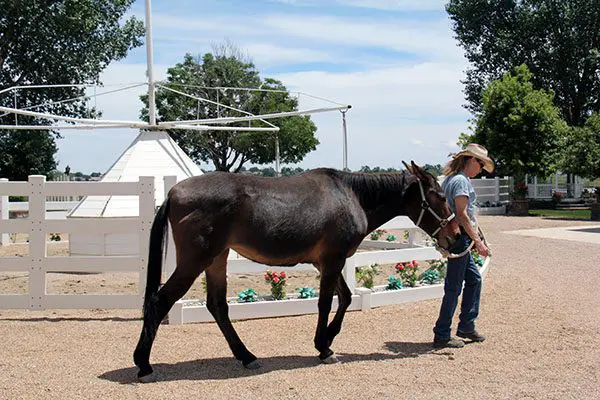 It is easy for natural athletes, but as I said before, we are dealing with individuals and each one is unique. Not all individuals are physically able to carry their bodies in good equine posture, and perform athletic movements correctly without some guidance. When they do not carry their bodies in good equine posture, certain muscle groups are not conditioned symmetrically throughout the body. This will cause compensation from other muscle groups that will eventually become over-used, stressed and they will give way to soreness, lameness, or worse. The uncomfortable individual will begin to exhibit negative behaviors as a result.
It is easy for natural athletes, but as I said before, we are dealing with individuals and each one is unique. Not all individuals are physically able to carry their bodies in good equine posture, and perform athletic movements correctly without some guidance. When they do not carry their bodies in good equine posture, certain muscle groups are not conditioned symmetrically throughout the body. This will cause compensation from other muscle groups that will eventually become over-used, stressed and they will give way to soreness, lameness, or worse. The uncomfortable individual will begin to exhibit negative behaviors as a result.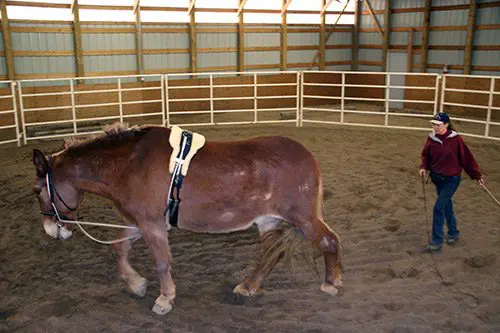 is something that must be taught, it prevents this bad posture, but allows the equine completely free movement in every other direction. Good posture is difficult to hold when you are not used to it and this aid gives him support at the poll to encourage him to round his back and neck, and relax the poll. He can lean on the “Elbow Pull” at the poll when he has difficulty holding his own good posture and the device will be snug at the poll, the bit rings, behind the forearms and over the back. When he holds his own good posture, it is completely loose. The equine is the one who controls his own good posture. An equine that does not have natural acceptable posture will soon give to the aid because he will feel more comfortable than he has ever been in his incorrect posture. Those who have naturally acceptable posture will succumb to the device faster. No equine is really in their ideal posture to start. Restraints play an important role in the hands of competent trainers, but they should only be used to suggest certain behaviors, and then they should be phased out over time. They should not be used to force the equine to do anything.
is something that must be taught, it prevents this bad posture, but allows the equine completely free movement in every other direction. Good posture is difficult to hold when you are not used to it and this aid gives him support at the poll to encourage him to round his back and neck, and relax the poll. He can lean on the “Elbow Pull” at the poll when he has difficulty holding his own good posture and the device will be snug at the poll, the bit rings, behind the forearms and over the back. When he holds his own good posture, it is completely loose. The equine is the one who controls his own good posture. An equine that does not have natural acceptable posture will soon give to the aid because he will feel more comfortable than he has ever been in his incorrect posture. Those who have naturally acceptable posture will succumb to the device faster. No equine is really in their ideal posture to start. Restraints play an important role in the hands of competent trainers, but they should only be used to suggest certain behaviors, and then they should be phased out over time. They should not be used to force the equine to do anything.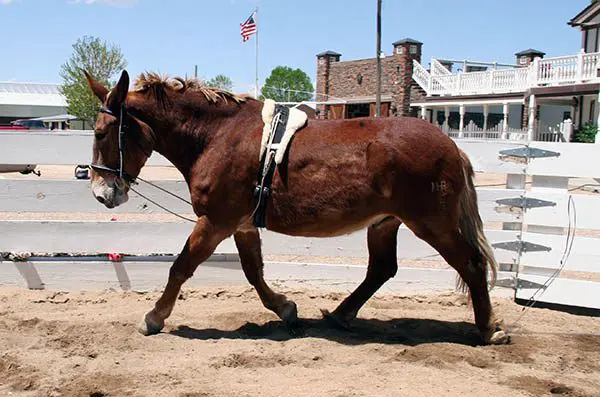 synchronize his own body language with what he is asking from the equine so his signals are clear. This is especially important for novice animals and trainers.
synchronize his own body language with what he is asking from the equine so his signals are clear. This is especially important for novice animals and trainers.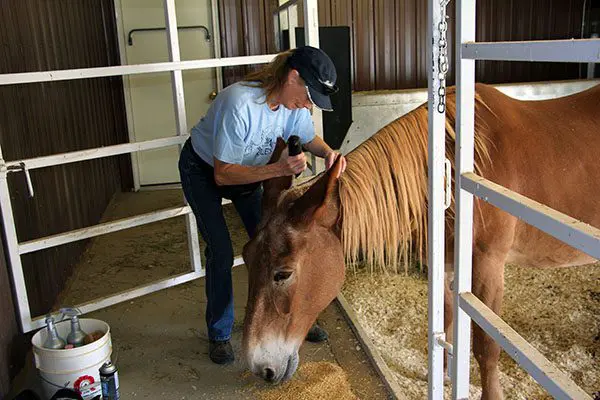 During this time, your equine’s ground manners will begin to develop. If you are consistent with what and how you ask, when the rewards are prompt and appropriately given, you should experience minimal adverse behaviors.
During this time, your equine’s ground manners will begin to develop. If you are consistent with what and how you ask, when the rewards are prompt and appropriately given, you should experience minimal adverse behaviors.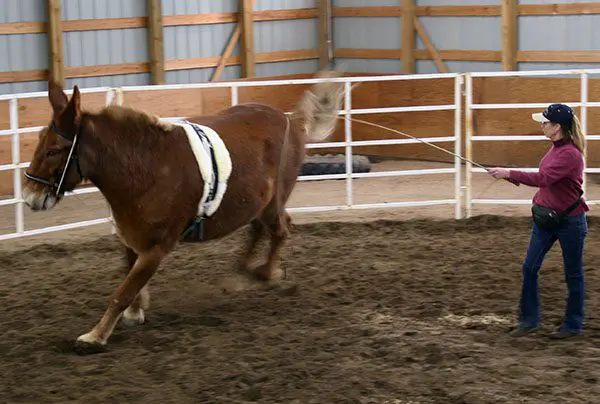 The strike on the fetlocks will not hurt him. It will only startle him and get his attention. Your voice will also startle him when you say, “NO!” and will cause him to turn his head to you and THAT can be rewarded. Biting is handled the same way with a firm slap of your palm on the side of his mouth, a loud “NO!” and then put up your hand like a stop sign in front of his face. He will raise and turn his head to flee at which time you simply step forward and offer the oats reward with an open hand for giving you your space. The next time he becomes aggressive (and he will!), you will only need to raise your hand like a stop sign and he should step back to receive his reward. The first-time slap applied smartly was simply to clarify the boundary to his behavior. So, if you do not want to slap him again, you have to make a firm impression on him the first time! It is well worth the few minutes of training that it takes in the beginning to ensure that your animal does not become dangerous later. This may literally make the difference between life and death.
The strike on the fetlocks will not hurt him. It will only startle him and get his attention. Your voice will also startle him when you say, “NO!” and will cause him to turn his head to you and THAT can be rewarded. Biting is handled the same way with a firm slap of your palm on the side of his mouth, a loud “NO!” and then put up your hand like a stop sign in front of his face. He will raise and turn his head to flee at which time you simply step forward and offer the oats reward with an open hand for giving you your space. The next time he becomes aggressive (and he will!), you will only need to raise your hand like a stop sign and he should step back to receive his reward. The first-time slap applied smartly was simply to clarify the boundary to his behavior. So, if you do not want to slap him again, you have to make a firm impression on him the first time! It is well worth the few minutes of training that it takes in the beginning to ensure that your animal does not become dangerous later. This may literally make the difference between life and death.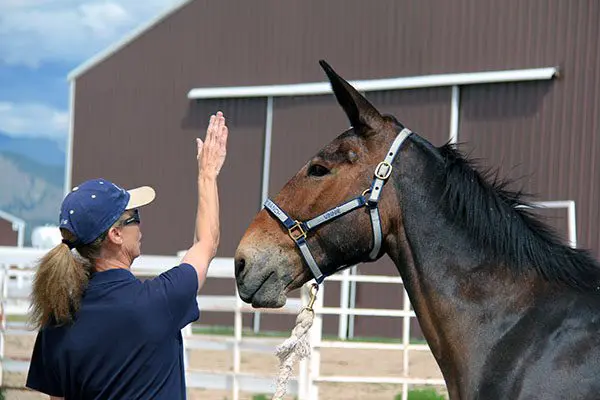 The result of this early limiting of the negative behaviors (of biting and kicking), will pave the way for you to set boundaries to any other questionable behaviors that might arise in the future. All it should take is the raising of your hand and a firm “NO!” It teaches the equine to think before he acts. It might mean the difference between a real bite, or nip, and a soft nudge, or a kick, and a soft shove with a hind foot when he experiences discomfort. Early negotiation of obstacles on the lead rope will also help to engage his curiosity, help to solidify his responses for rewards, passively build and condition the muscles closet to the bone, and will encourage trust in his trainer. Now we can safely proceed to a more open area to play and learn with our equine.
The result of this early limiting of the negative behaviors (of biting and kicking), will pave the way for you to set boundaries to any other questionable behaviors that might arise in the future. All it should take is the raising of your hand and a firm “NO!” It teaches the equine to think before he acts. It might mean the difference between a real bite, or nip, and a soft nudge, or a kick, and a soft shove with a hind foot when he experiences discomfort. Early negotiation of obstacles on the lead rope will also help to engage his curiosity, help to solidify his responses for rewards, passively build and condition the muscles closet to the bone, and will encourage trust in his trainer. Now we can safely proceed to a more open area to play and learn with our equine.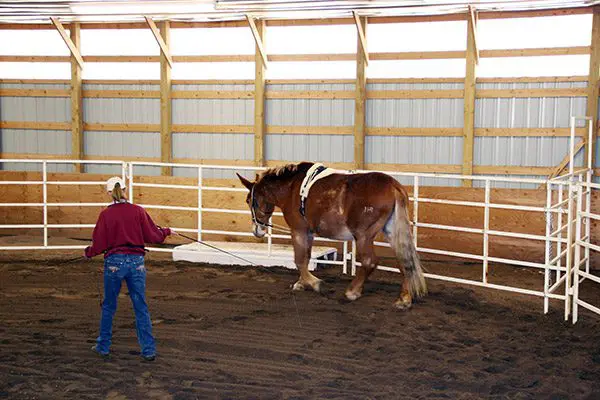 The same goes for the equine that had problems getting started. Send him back to the rail again and build the number of expected rotations slowly and over time. Be consistent with your rewards for the “Whoa.” Learning the consistent, “Whoa” will give you a safe zone from which to work and play. This will translate to trust and confidence, and will temper the flight reflex to a controllable level. It can make the difference between the freeze and flight reflex if the equine is spooked under saddle.
The same goes for the equine that had problems getting started. Send him back to the rail again and build the number of expected rotations slowly and over time. Be consistent with your rewards for the “Whoa.” Learning the consistent, “Whoa” will give you a safe zone from which to work and play. This will translate to trust and confidence, and will temper the flight reflex to a controllable level. It can make the difference between the freeze and flight reflex if the equine is spooked under saddle.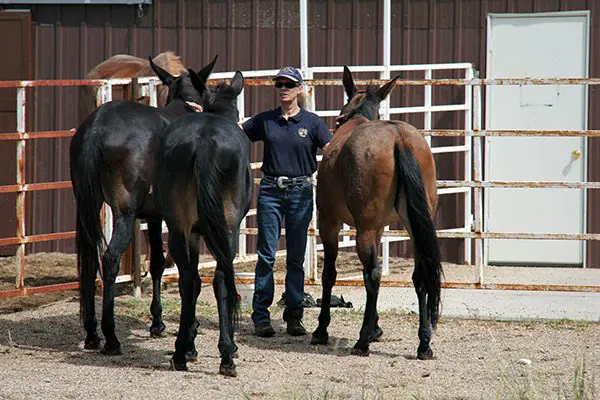 into your program. As they say, “You can always learn something from everyone!” It is our job to sort through what only works for the short term, and what really works for long term success. Don’t be afraid to make mistakes. It’s just one more way to learn. The more we think we know, the more we learn that there is so much more to learn!
into your program. As they say, “You can always learn something from everyone!” It is our job to sort through what only works for the short term, and what really works for long term success. Don’t be afraid to make mistakes. It’s just one more way to learn. The more we think we know, the more we learn that there is so much more to learn!

